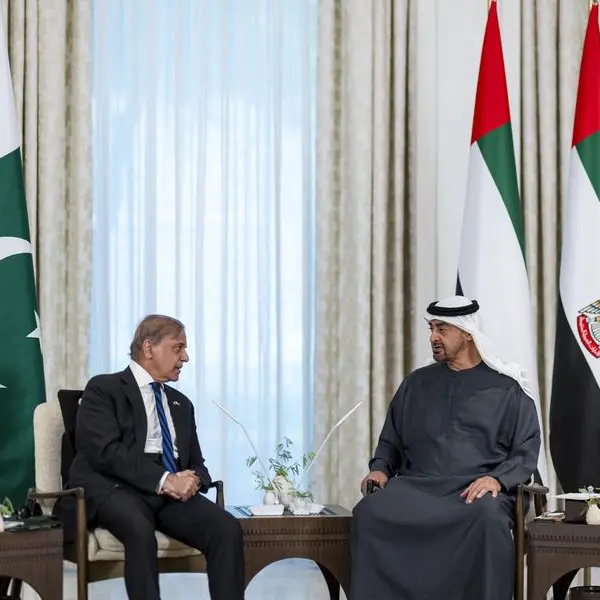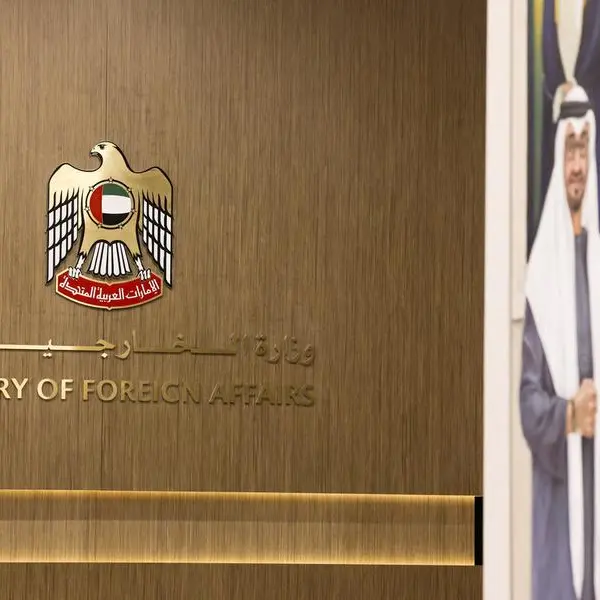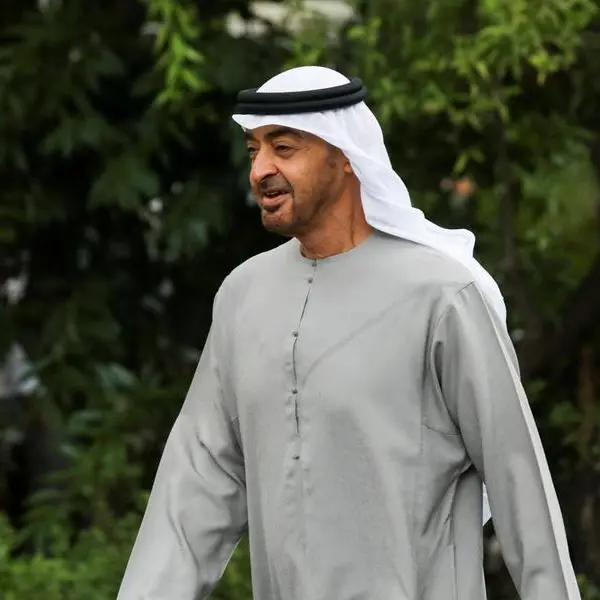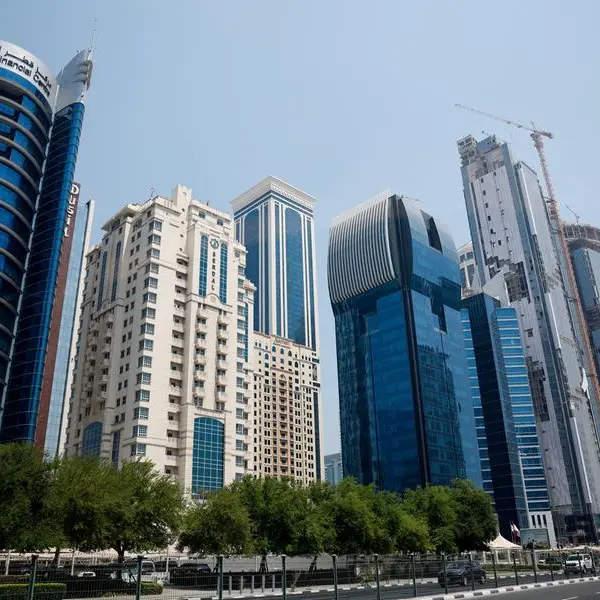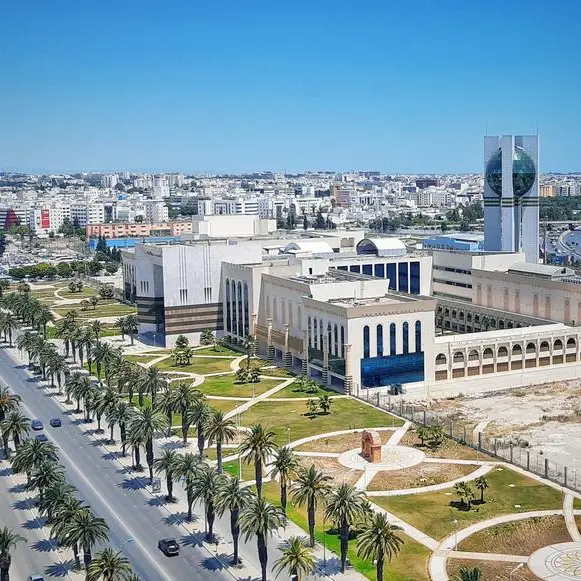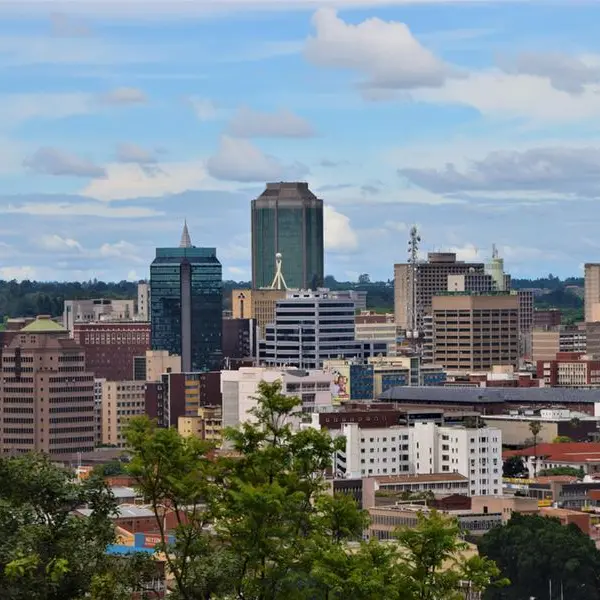PHOTO
However, for many young people in the region, war, economic weakness, climate pressures and poor governance have left them bereft of opportunities to work, study, establish their own business or climb the social ladder.
Indeed, regional youth unemployment rates remain stubbornly high, even among the well educated, while gender disparity in the workforce squanders the potential of half the population.
As daunting as the challenges are, management consultancy McKinsey & Company says ensuring young people receive the best possible life chances ought to be a top priority for leaders concerned about the region’s future prosperity.
In a report published in August titled “Opportunity Youth: Imagining a bright future for the next generation,” McKinsey’s Middle East office outlined seven “game-changing opportunities and ideas” that could help create more than 100 million jobs and double the region’s economic output.
“When we set out to write this report, we went into this knowing that there are many challenges in the region,” Tom Isherwood, senior partner at McKinsey, told Arab News.
“There are so many issues that are affecting youth today and the youth that will enter the labor force in the next 20 years. However, there are also big opportunities for them and the region as a whole that have not been written about in the same way.”
The report calls for the development of globally competitive talent by expanding early-childhood education and vocational training — measures that McKinsey predicts could educate 100 million additional children across the MENAP region and add an additional $197 billion to gross domestic product by 2040.
In order to develop globally competitive “superstar firms” capable of creating jobs and bolstering regional economies, the report suggests reducing or even removing barriers to intra-regional trade and capital flows — steps akin to those taken by the EU.
Furthermore, it calls on governments to support innovation-intensive industries, to embrace automation and digitalization, promote research and development in emerging technologies, and to facilitate the best environment for entrepreneurship.
Its authors say improvements in workplace gender diversity should be encouraged by setting up inclusion commissions and enhancing flexible working for parents. McKinsey estimates this alone could create additional economic value worth $1.9 trillion by 2040.
It also recommends future-proofing healthcare services by adopting virtual and digital health technologies and inducting 8 million healthcare workers over the next 20 years. McKinsey believes this could save 4.8 million life-years and add $420 billion to GDP.
For areas of the MENAP region shattered by conflict, the report says a region-wide joint reconstruction fund could salvage some $200 billion in damaged infrastructure while also creating jobs.
Finally, the McKinsey report calls for greater transparency, including the publication of government performance report cards and the establishment of two-way communications with citizens, which could ultimately result in greater efficiency.
Not only could these measures improve the life prospects of millions of young people in the MENAP region, they could actually make use of this generation’s distinctive skills and attributes.
Youth populations are a source of talent, and creators of homegrown global firms and innovation. Their employment could promote greater gender parity in the workforce, a healthier population and a more resilient health system, drive reconstruction in conflict-hit areas, and contribute to better performance and delivery in governance.
For Isherwood, this generation differs markedly with those that came before it and with the youth of many other regions in several valuable ways.
“It’s a very digitally savvy population, and Saudi Arabia is a prime example of this in terms of mobile connection per person and social media, both consuming and producing,” he said. “It’s a very entrepreneurially inclined generation.”
In fact, global surveys for the World Bank’s Ease of Doing Business Database have shown that young people in the MENAP region view entrepreneurship far more positively than the global average, which, with the right encouragement, could translate into tremendous opportunities for business leadership.
“We are seeing this happening with venture capital and start-ups in Saudi Arabia in the last three years, and the region as a whole has seen a bunch of these, from Kitopi to Careem,” Isherwood said. “But behind that, there are hundreds of startups being funded, so this is one reason for optimism.”
Another factor driving the region’s potential for success is its appetite for rapid reform. In the Kingdom, for instance, the representation of women in the workforce has risen from less than 15 percent in 2015 to more than 30 percent in 2020.
“That’s the kind of astronomical jump that does not happen anywhere else in the world and it does not happen if you don’t have ambitious, fast-moving government action,” Isherwood said. “And this is not just in Saudi Arabia. You see quite a bit of this in the region as a whole.”
Although such ideas are instrumental in creating jobs for young workers, Isherwood says far more needs to happen for the region to truly flourish, and ought to involve both the public and private sectors.
Investment in childhood education is one priority area. Encouraging children to take risks and raise their aspirations is seen as crucial to building an entrepreneurial society. Isherwood says this should go hand in hand with regulations promoting a favorable business climate, such as reforming bankruptcy laws.
“There is a social element here,” he said. “Each one of these is a big change that needs to happen in society, where they will tap into multiple parts of society and unlock something for the youth.”
McKinsey itself has a youthful workforce staffed by Saudis, Egyptians, Lebanese and Pakistanis, among others, of which a great number go on to start their own business ventures in the region.
“When I was younger, opportunities for youth to achieve a better economic future in the region were few and far between, especially for youth who grew up in lower income parts of the region,” Khalid Aljihrish, a co-author of the McKinsey report, told Arab News.
“I was one of the lucky ones who had one of those few tickets to a brighter future. Even though many countries in the region, both through private and public initiatives, are undergoing impressive transformations today to broaden economic opportunities available to their youth, there is still much to be done.
“We hope that the ideas we share in this report, help broaden the positive impact of ongoing initiatives, and help make the ticket to a brighter future I had when I was younger, available to a much larger subset of youth in the future.”
Isherwood believes the youth of the MENAP region have the potential to not only to shape the future of the region but to also play a significant role in the direction of global development.
“It’s at the crossroads between China and Asia on one side and Europe on the other,” he said.
“It’s a region that creates a lot of energy and a lot of refugees and people that leave. It affects the rest of the world. So, creating an environment that is opportunity-rich for the youth in this region is going to be critical for all of them, but also for the whole world.
“None of these game changers are silver bullets nor easy to accomplish, but they are things that move the needle in a big way and each one of them deserves its own discussion.”
Copyright: Arab News © 2021 All rights reserved. Provided by SyndiGate Media Inc. (Syndigate.info).

